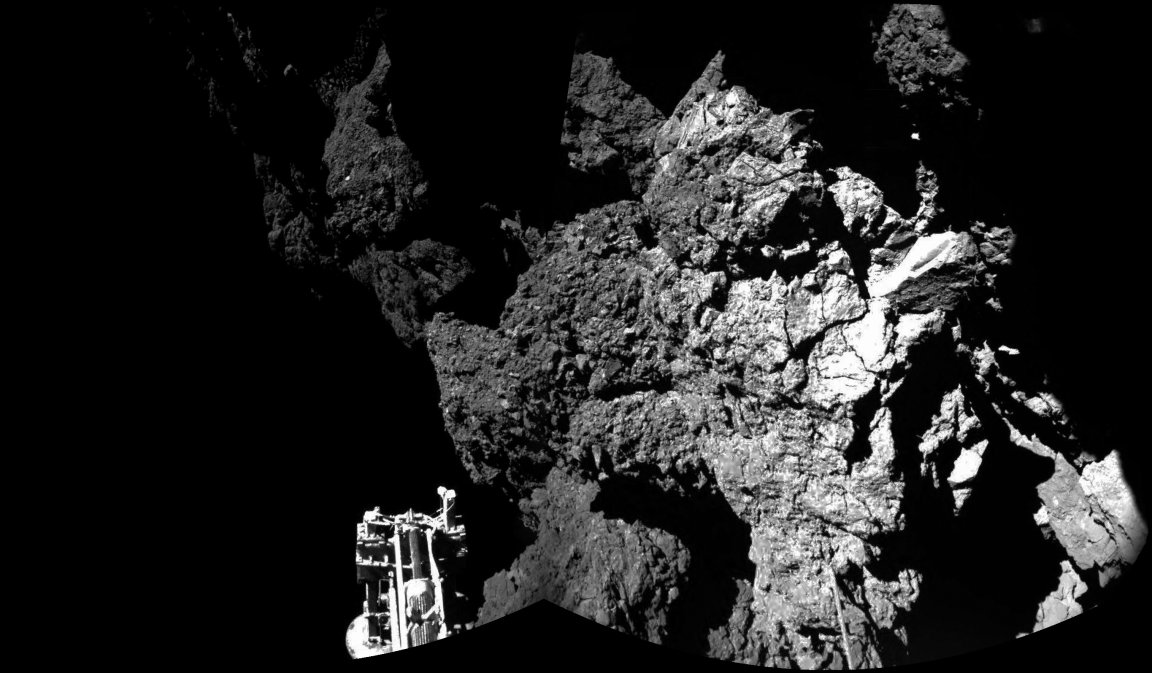
A Historic Landing
Last November, the Philae spacecraft made history when it landed on the comet 67P/C-G. Days after the remarkable feat scientists lost contact with solar powered craft, as it was lodged in an area without sunlight and couldn’t recharge. They regained connection in June and the data it has been sending back could have very exciting implications.
Evidence of Potential Microbes
Researchers Max Wallis and Chandra Wickramasinghe are presenting their findings today to the Royal Astronomical Society and they believe the data could indicate that the comet is carrying microbial alien life. Under the dark hydrocarbon crust, there are “icy seas,” and the water freezes and melts as the comet comes close to or goes far from the sun in its orbit. The water could hold these microbes, the researchers claim, as certain organisms with ‘anti-freeze salts’ could exist in it. Reportedly, the accompanying spacecraft Rosetta, that is orbiting the comet, has collected mysterious organic material that seem like viral fragments.
Astrobiology
Neither spacecraft was ever equipped with technology that could directly confirm the presence of life because the team decided it would be thoroughly unnecessary and relatedly, Wickramasinghe’s views have been largely considered outside the astronomical mainstream. Yet, with the coming research on the comet and the ever growing field of astrobiology, we could all be surprised. Wickramasinghe himself says, “Five hundred years ago it was a struggle to have people accept that the Earth was not the centre of the universe. After that revolution our thinking has remained Earth-centred in relation to life and biology. It’s deeply ingrained in our scientific culture and it will take a lot of evidence to kick it over.” That evidence is potentially already being collected.
Sources: The Guardian, The New York Times
Images: European Space Agency, MSN, Wikimedia Commons

